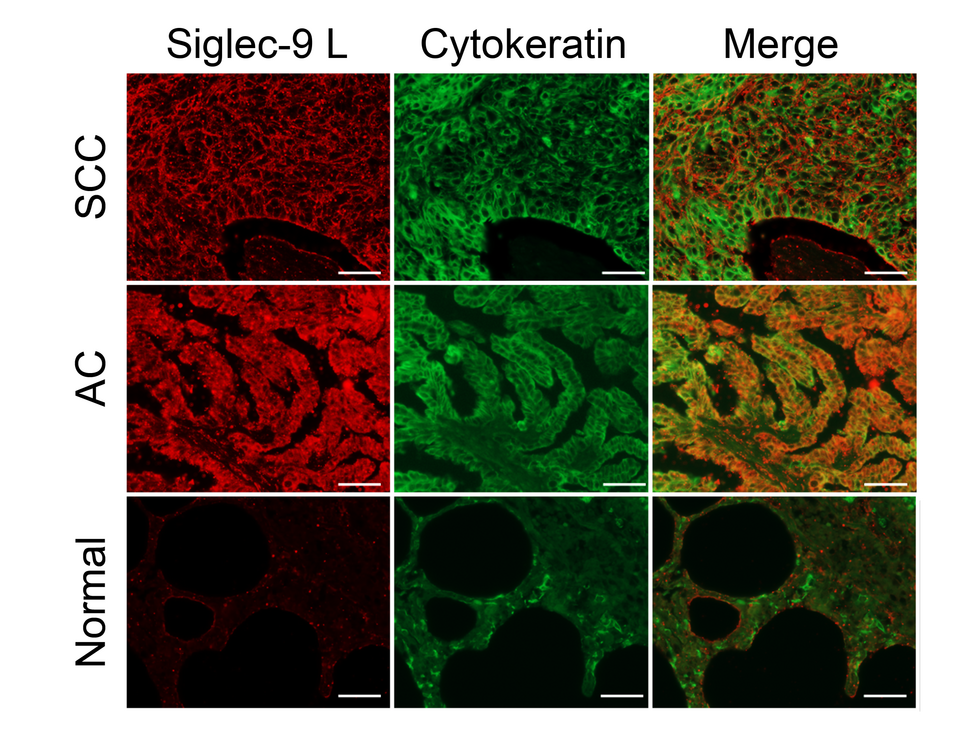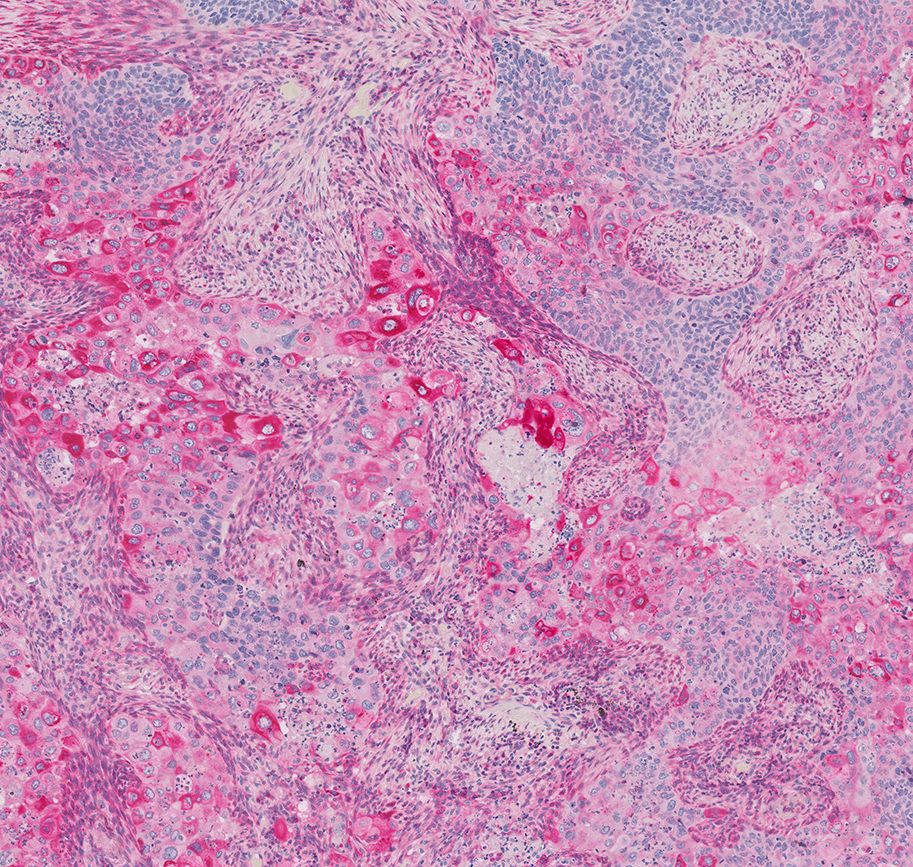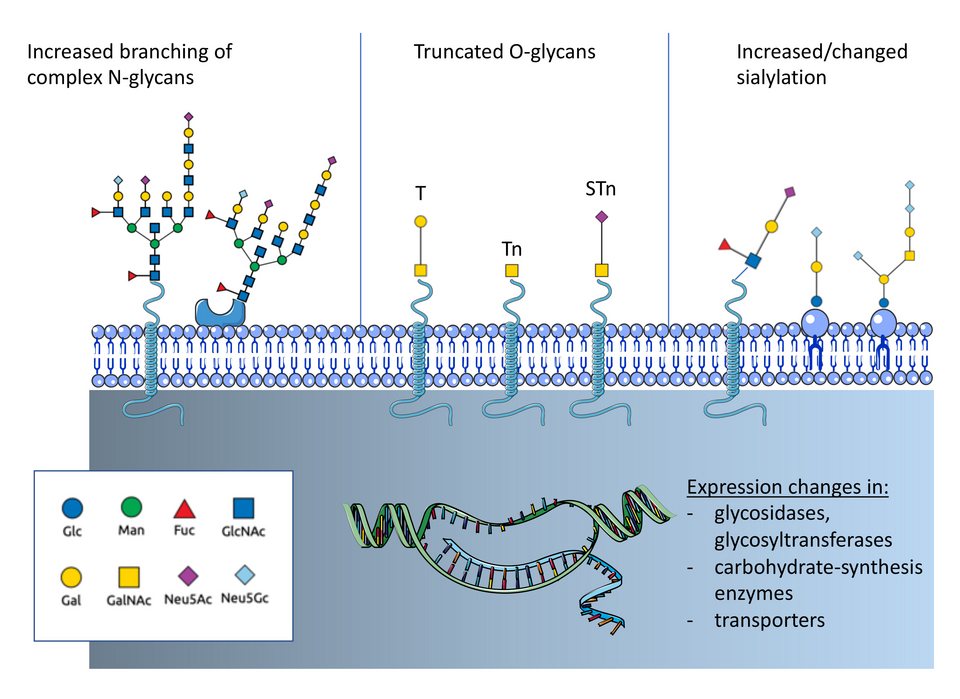Immunology . Glycobiology . Cell Therapy . Immune checkpoint . Sialic Acid . Siglec
Cancer Immunotherapy
Improving cancer immunotherapy
Our main goal is to improve immunotherapy for cancer patients by using translational in vitro and in vivo tumor models, performing correlative analysis of patients treated with immunotherapy and conducting early clinical interventional trials (also see link to Medical Oncology).
One of our research focus is on the role of glycans and glycan-binding receptors in anti-cancer immunity. Glycans can mediate important interactions with immune cells and manipulation of glycans and glycan-binding receptors (lectins) bear a great potential to improve anti-tumor immune reactions. Glycan-mediated interactions in cancer immunology are significantly underexplored and could be used to improve anti-cancer immunity. Our group has studied the interaction between glycans that contain sialic acids (siaologlycans) and their interaction with Siglec receptors on immune cells and have demonstrated that this pathway can be targeted to augment T cell stimulation and tumor control. Current goals include improvement of cancer immunotherapy by modifying glycans in the tumor microenvironment and glycans of cellular products for adoptive cell therapies including genetically modified T cells.
An additional focus of our group is the improvement of immune checkpoint blockade and adoptive cellular therapies by investigating mechanisms and patterns of resistance to these therapies. To this end, we are investigating the tumor microenvironment as well as circulating immune cells in patients undergoing immune checkpoint blockade or adoptive T cell transfer. Identified pathways are further studied in the laboratory for their potential as new targets to improve antitumor immune responses.

Fig. 1: Upregulation of Siglec-9 ligands in non-small cell lung cancer. Squamous cell carcinoma (SCC), adenocarcinoma (AC) or normal lung tissue was stained with Siglec-9-Fc proteins (red) to detect Siglec-9 ligands and merged with cytokeratin staining to identify carcinoma cells. Siglec-9 ligands were found to be more often found in tumor tissue compared to normal tissue (from Stanczak et al., J Clin Invest 2018).


